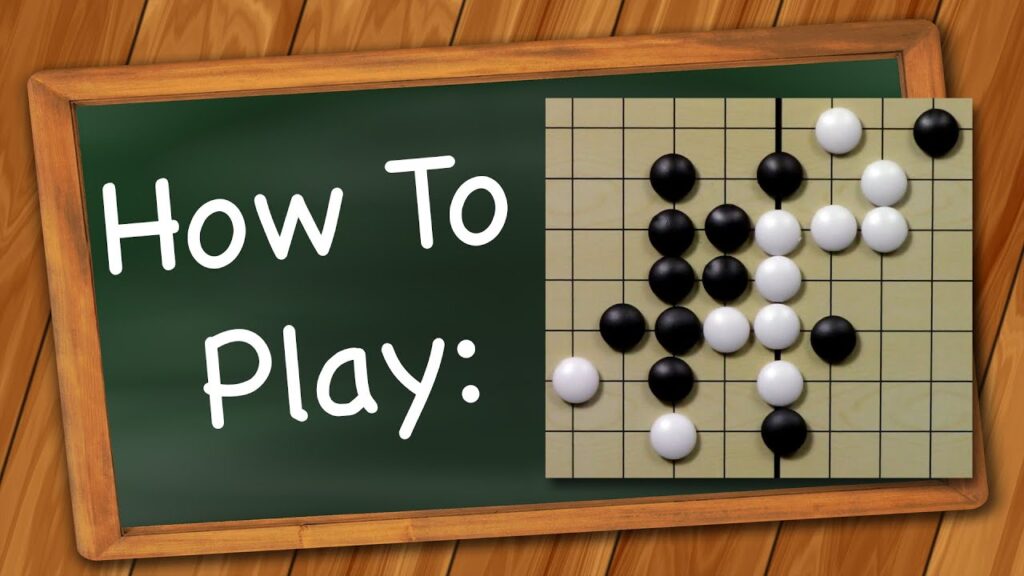Everyone is asked about, How to Play Gomoku? A lot of gamers are becoming interested in the strategy game Gomokunarabe, occasionally referred to as Gomoku.
Gomoku is a famous board game that has its humble beginnings in the nineteenth century and is the Japanese adaptation of Wuiziqi. In fact, whenever the game was first presented in Britain, it immediately took off and is now popularly referred to as Go Bang.

Rules Of How to Play Gomoku?
The activity has straightforward guidelines. By setting their coloured (black or white) stones on open intersections, players may change their opportunities. Black will always get the first play.

The person who wins the competition is the first player to arrange five identical coloured stones in a continuous chain, either horizontally, vertically, or iagonally. Remember to stop at 5, since lines with more than five components are referred to as overlines and will not be tallied.
First-Player Advantage
Gomoku has an important benefit when unconstrained that benefits the first participant. Gomoku competitions were where the “Pro” starting rule first appeared, requiring the first participant to place their stone in the centre of the playing surface. The second player had infinite options for placing rocks.
The initial player’s second rock had to be no fewer than three crossings away from the player’s initial stone. For a very long period, this rule was used in world competitions.
Types of Gomoku
These are some types of gomoku.
1. Freestyle Gomoku
Freestyle is perhaps the most popular variety. Gomoku has no established regulations for each participant, and both can win by taking turns laying a single Stein at a time in order to create an arrangement of five or more.

2. Renju
Black has always been associated with having an edge over other colours. Renju aims to level the playing field by increasing the number of regulations to reduce the first-player advantages for blacks. Only Black receives overlines in this 15 by 15 game with three and three and four and four rules.
- The rule of three and three forbids any action that simultaneously creates two unobstructed rows of three stones (rows without an opponent’s stone at each end).
- A move that results in two parallel rows of four stones at the exact same time is prohibited under the limitation of four and four.
- A highlight stops an opponent from scoring if they create a line of at least six stones.
- In order to prevail in Caro, a player must possess a highlight or a straight line of five unbroken stones.
- Blocked at both ends (overlines are exempt from this restriction). This strengthens White’s defence and enhances the game’s balance.
3. Omok
Omok is comparable to Freestyle Gomoku, with the exception that it can be played on a surface that is 19 by 19 and uses the three-rule system as well as the three-rule system.

4. Ninuki-renju
Ninuki Renju, additionally referred to as Wu, is a variant that adds capture to the game; the other player can use custodian take (in which two rows of stones are interspersed along their lengths) to seize an assortment of stones that are identical in colour.
The person who wins is the individual who performs five consecutive excellent shots or who removes five pairs of stones from their opponent. With a 15×15 board, 3 and 3 regulations, and overlines, it has the same regulations as Renju. Additionally, if someone else takes a pair of rocks down the line after the other player has built a five-stone row, the game may proceed.
5. Pente
When it comes to the custodian capturing method, Pente as well as Ninuki-Renju are comparable. However, Pente is commonly played on a 19 by 19 field and does not utilise the three as well as three, four as well as four, or overlines rules.
